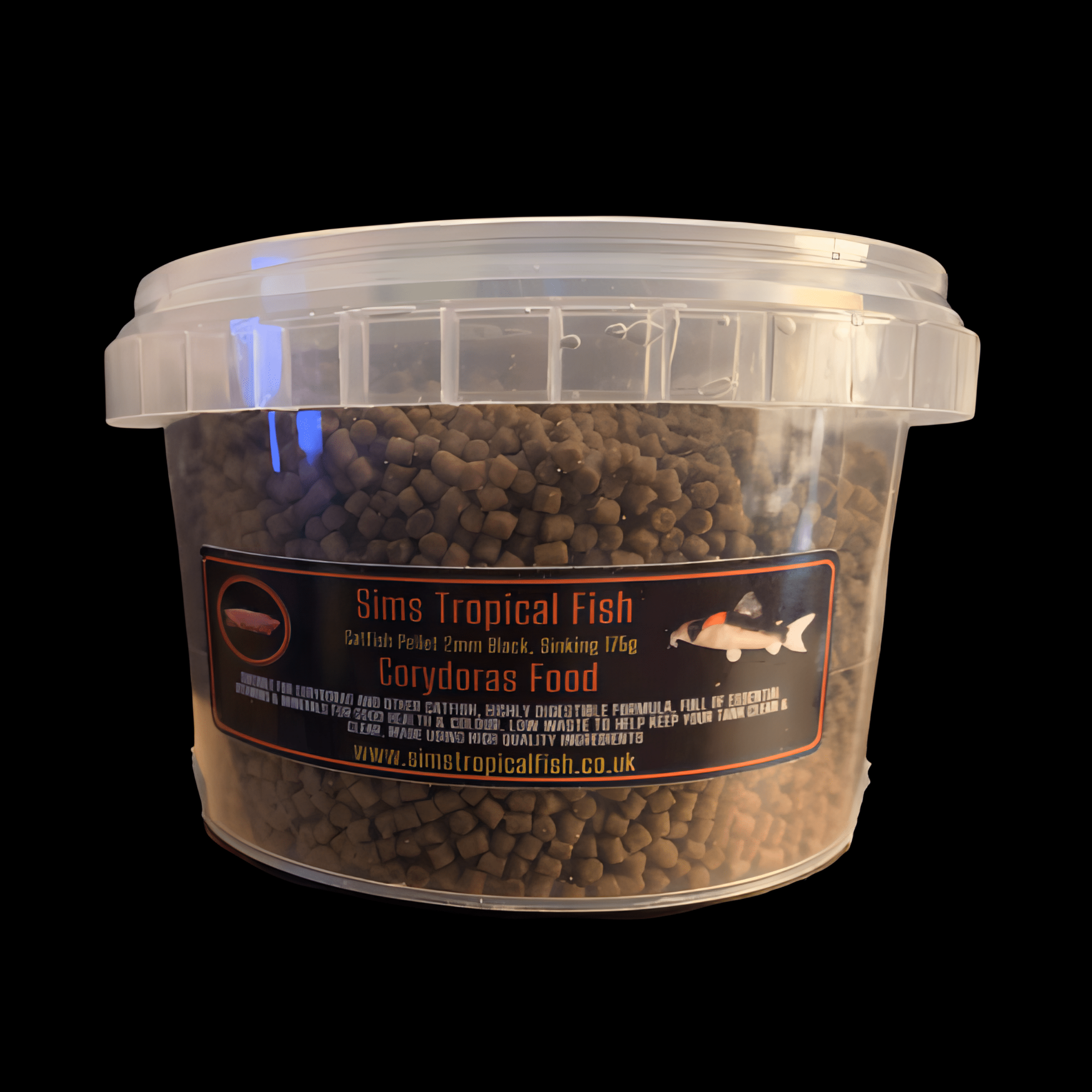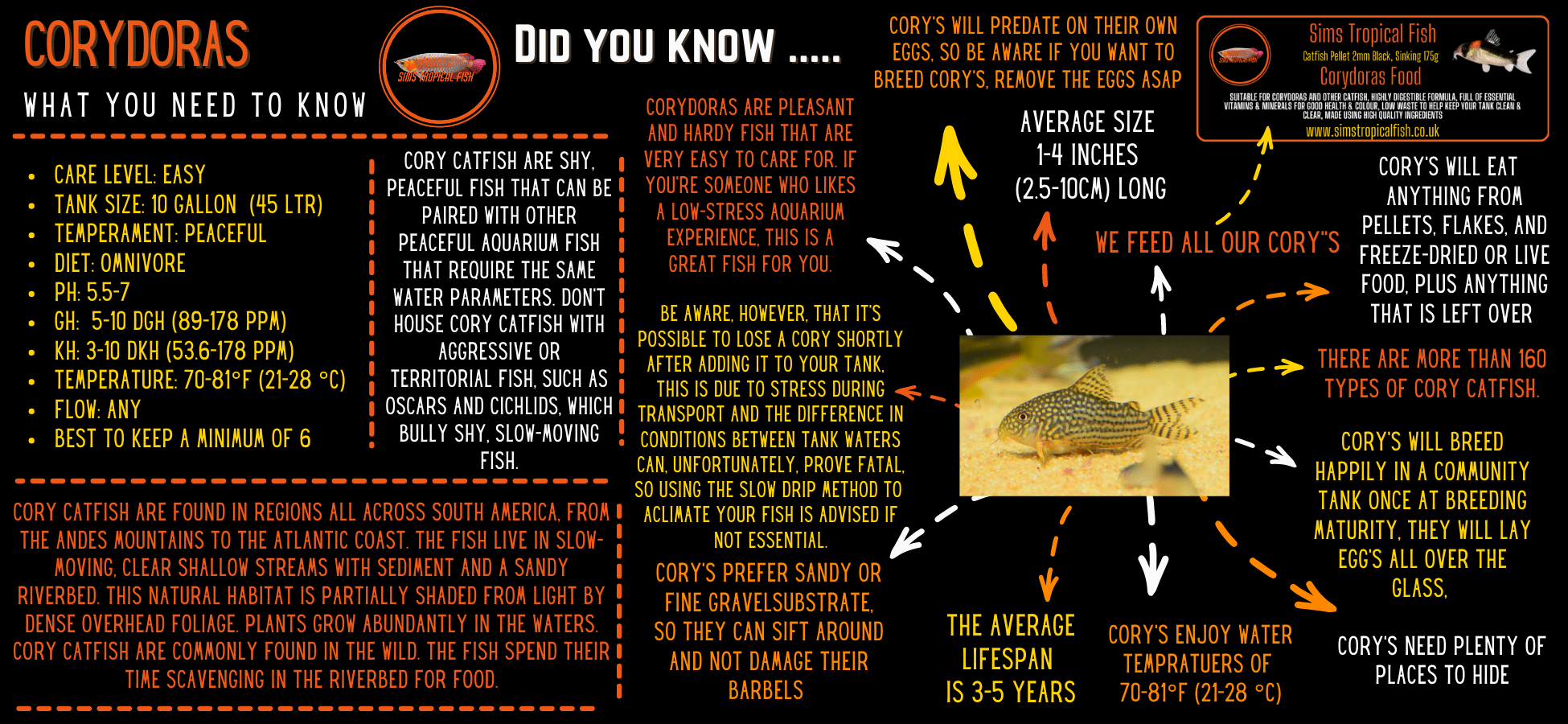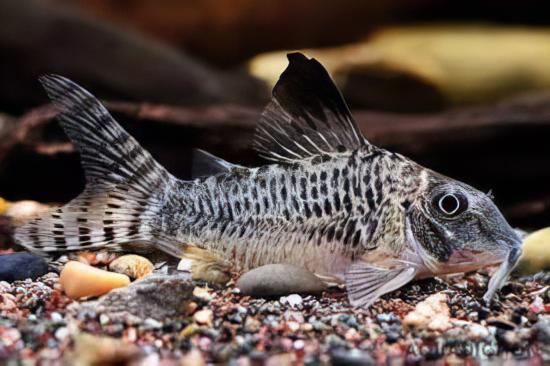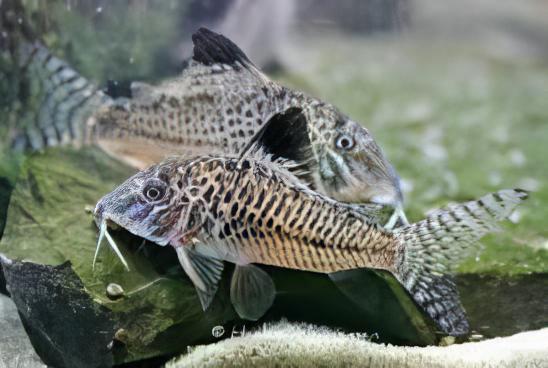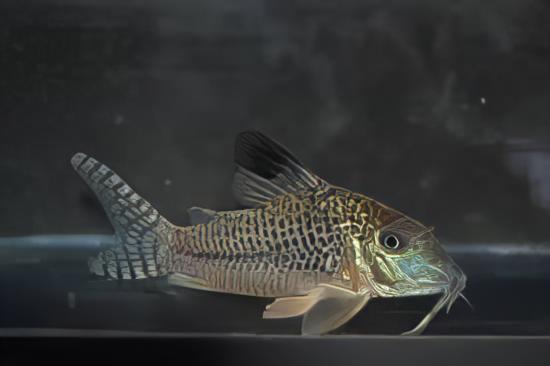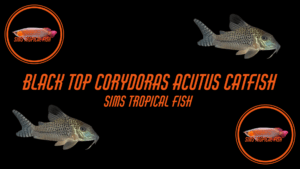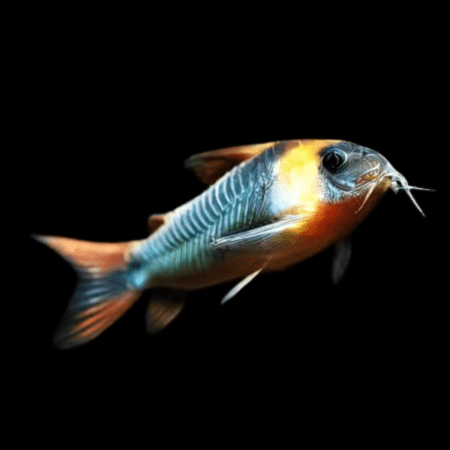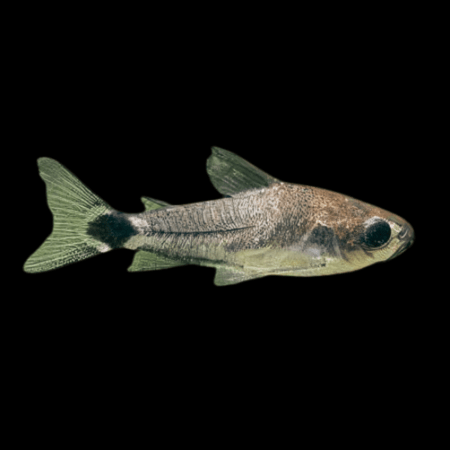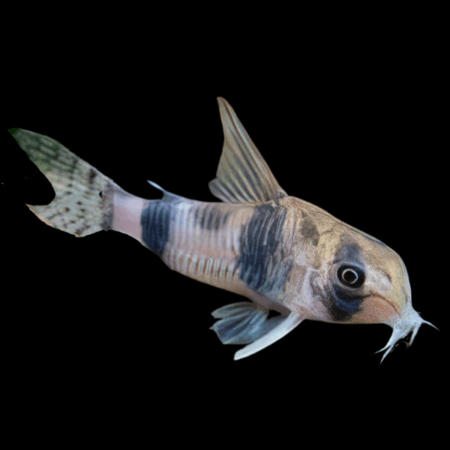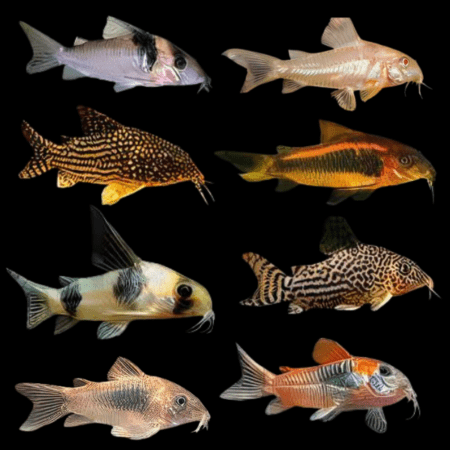Description
Black Top Corydoras Acutus Catfish
Corydoras acutus will grow up to 1.7 inches in length. They have the ability to tilt their eyes which looks like blinking. These fish are facultative air breathers, they have a highly vascularized intestine that facilitates uptake of atmospheric oxygen so they will often go to the surface for a gulp of air. Due to the ability for breathing atmospheric air, the aquarium should have a cover and the tank shouldn’t be filled to the top.
To keep this species in captivity, water pH should be between 6.0 and 8.0 and water temperature should range from 77º F and 83º F. The tank should have a sandy substrate, plants and hiding places. These fish can be kept in community aquariums and should be kept in groups.
Blacktop corydoras Diet & Nutrition
Corydoras acutus are omnivorous. In the wild, they feed on worms, benthic crustaceans, insects, and plant matter. They will eat almost anything that sinks into the bottom of the tank, you can feed them dried, live and frozen foods.
Breeding & Spawning Blacktop corydoras
The female holds 2-4 eggs between her pelvic fins, where the male fertilises them for about 30 seconds. After fertilisation, the female swims to a suitable spot, where she attaches the very sticky eggs. The masked corydoras lays eggs in dense vegetation without adult protection. The pair repeats this process until about 100 eggs have been fertilised and attached.
Blacktop corydoras Origin
Corydoras acutus can be found in South America, and is found in the Amazon River basin in Ecuador and Northern Peru.
Caution with Blacktop corydoras
Corydoras acutus has hardened pectoral spines that can pierce human skin so they should be handled with care and a plastic container should be used to move them, using a net is not recommended because these spines may become entangled in the mesh.
These fish are scaleless and as such they are extremely sensitive to salt, adding salt to the tank will hurt them.
Acclimating Blacktop corydoras
These fish are nocturnal so they should be fed at lights out, however, after some time in the tank they may be “taught” to eat during the day.

